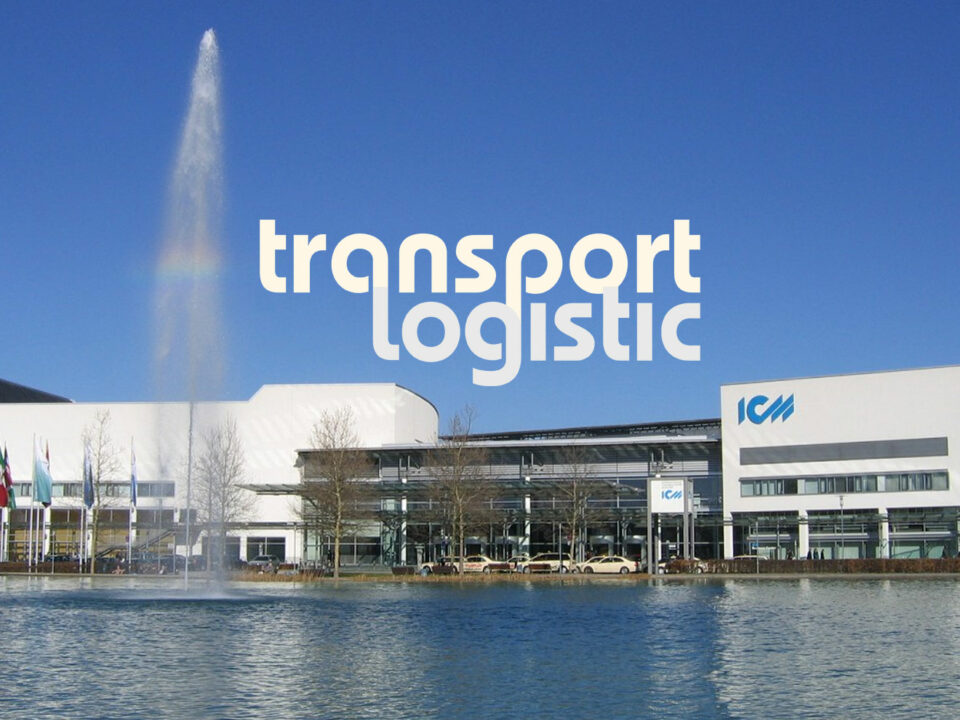The importance of the CMR in road transport

7 roads to enjoy transport
14/07/2022
Combined transport and its main advantages
06/10/2022
Anyone who has ever carried out a road transport knows the importance of the CMR, or the Convention on the Contract for the International Carriage of Goods by Road.
Some European countries, such as Germany, Austria, Belgium, France, Luxembourg, the Netherlands, Poland, Sweden and Switzerland, created this standardised consignment note in May 1956, which was made compulsory for international transport to and from any of these territories.
There are currently 54 countries covered by the CMR Convention, all of them in the European Union except for some European, Asian and African countries, such as Morocco.
What information does a CMR contain?
The document, in its paper version, is generally presented in A4 size with several integrated copies, each of which is intended for a specific purpose: one for the sender, one for the consignee, one that will accompany the goods during transport to their final destination, and one for the administration.
It must always include the details of the place and date of formalisation, as well as the full details of the sender, the carrier and the consignee. Of course, the loading and unloading data should not be missing: date, place and time, as well as the nature of the goods in detail with the number of packages and their weight.
Why is it so important to complete a CMR correctly?
Mainly because it is a contract in which the conditions for the transport of goods are set out, establishing the places of loading and unloading, the details of the parties involved, and the details of the goods transported. In this way, the instructions given by the sender to the carrier are determined.
In addition to the basic data, there is a CMR reservations section. This means that the carrier, on receiving the goods for transport, can and must detail the irregularities if they exist: different number of packages to those declared, damaged packaging or packaging in poor condition… Likewise, the consignee can and must note reservations in the CMR if he observes anomalies at the place of unloading.
These reservations, especially if only that of the consignee, are not equivalent to proof of the alleged damage, but the absence of them in the CMR document presumes good delivery with the goods in correct condition, being simply a warning of disagreement with the fulfilment of the transport contract.
In the case of real irregularities, these will be assessed by an expert through the insurance company.
¿Paper CMR or e-CMR?
In recent years, there has been work on the standardisation of the electronic CMR, which would further support environmental sustainability. Being able to carry out all the above-mentioned procedures from a single device and with the necessary legal security would facilitate any associated management. It also represents an economic saving in relation to the cost of printing and sending for subsequent management once completed.
Given the difficulty of unifying the electronic consignment note, HTG Express has opted to eliminate paper handling wherever possible. 99% of customers who request a copy of the CMR for unloading do so digitally, speeding up the process by eliminating the need for the supplier to send one of the copies by post.
In addition, the tools that we have developed entirely in our transport company, such as the MyHTG platform and the HTG Suppliers APP, include among their functionalities the option to manage this document digitally. A photo that clearly shows all the contents of the CMR is enough to validate the transport carried out.
In this way, we reduce management times and ecological footprint, being faithful to our motto: We deliver peace of mind.


